It is important for welders to know which kind or type of electrode should be used in a welding method like MIG. Electrodes for GMAW (also known as MIG welding) are identified by a series of letters and numbers, such as ER70S-6, ER90S-6, E308L, and so on. Electrodes made of stainless steel are denoted using a somewhat different naming convention. Electrodes made of stainless steel that are frequently used include ER308L and ER9L, amongst others. The explanation for the meaning of these symbols may be found below: ER308L Where: ER denotes either electrode or filler wire, and 308 indicates that the electrode or filler wire is made of grade 308 stainless steel L – Indicates that the electrode contains a low amount of carbon. FOR ALUMINIUM Electrodes for aluminum are referred to by designations such as ER4043, ER5350, and so on. These electrodes have a distinct naming convention all their own. Take, for instance: ER4043 Where ER refers to either the electrode or the filler wire. 4 – Indicates a particular series of aluminum that is used in the production of the electrode. In this instance, it is an Aluminum 043 from the 4000 series; this number reflects the quantity of silicone that was applied to the electrode. SHIELDING GAS: In order to prevent the weld pool from becoming contaminated by the atmosphere, GMAW calls for the use of shielding gas. The following types of gases are utilized in the production of shielding gas: Argon Carbon Dioxide Helium (IT IS IMPORTANT TO NOTE THAT Whenever Carbon Dioxide Is Utilized As a Shielding Gas in Gas Metal Arc Welding). Because carbon dioxide is an active gas, the process of welding metal is referred to as MAG (Metal Active Gas). On the other hand, other shielding gases like argon and helium are non-reactive by their very nature. Therefore, if any of these gases are employed as a shielding gas, the phrase MIG welding (which stands for "Metal Inert Gas") is utilized. These gases can be utilized by themselves, or they can be used in conjunction with other gases. Combinations of inert gases that are frequently employed include as follows: 75% Argon + 25% Carbon Dioxide (most popular combination) 98% Argon + 2% Carbon Dioxide Argon facilitates the production of a cleaner weld, whilst carbon dioxide facilitates the achievement of a deeper penetration. It is also possible to employ carbon dioxide on its own, and this method is successful when welding thinner metals.
4 – Indicates a particular series of aluminum that is used in the production of the electrode. In this instance, it is an Aluminum 043 from the 4000 series; this number reflects the quantity of silicone that was applied to the electrode. SHIELDING GAS: In order to prevent the weld pool from becoming contaminated by the atmosphere, GMAW calls for the use of shielding gas. The following types of gases are utilized in the production of shielding gas: Argon Carbon Dioxide Helium (IT IS IMPORTANT TO NOTE THAT Whenever Carbon Dioxide Is Utilized As a Shielding Gas in Gas Metal Arc Welding). Because carbon dioxide is an active gas, the process of welding metal is referred to as MAG (Metal Active Gas). On the other hand, other shielding gases like argon and helium are non-reactive by their very nature. Therefore, if any of these gases are employed as a shielding gas, the phrase MIG welding (which stands for "Metal Inert Gas") is utilized. These gases can be utilized by themselves, or they can be used in conjunction with other gases. Combinations of inert gases that are frequently employed include as follows: 75% Argon + 25% Carbon Dioxide (most popular combination) 98% Argon + 2% Carbon Dioxide Argon facilitates the production of a cleaner weld, whilst carbon dioxide facilitates the achievement of a deeper penetration. It is also possible to employ carbon dioxide on its own, and this method is successful when welding thinner metals.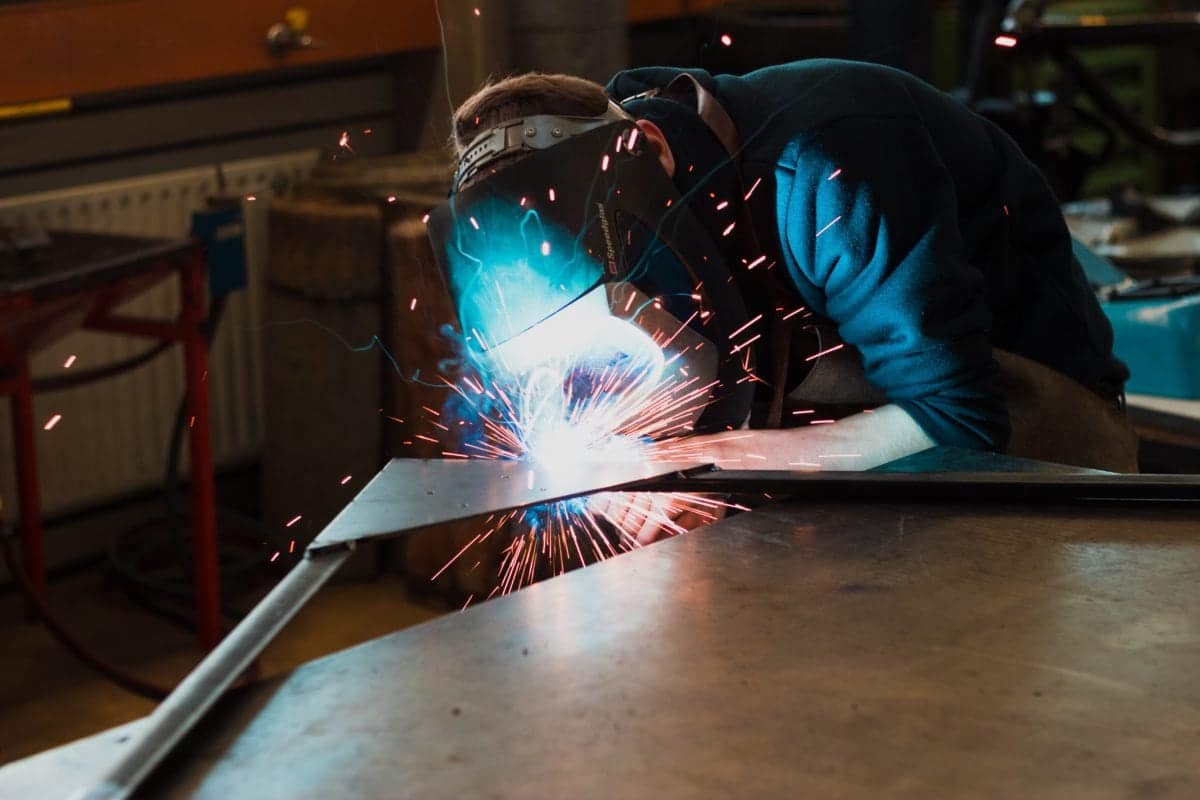 The Designation and Functions of the ER309L and ER309Si MIG Welding Electrodes (Welding Dissimilar Metals) Because it may be used to weld stainless steel to mild steel as well as stainless steel to carbon steel or low alloy steel, the 309 series is designated as a multi-use series. When necessary, it joins together dissimilar metals or stainless steel grades 304 through 310, and it also joins together stainless steel grades 304 through 310. The appearance of the weld produced by utilizing this electrode to join steel to stainless is rough, which is one of the drawbacks of the process. The following is the designation for the electrode: ER is an abbreviation for an electrode or filler rod that is utilized during the welding process of either MIG wire feed or TIG. This particular grade of stainless steel electrode is referred to as 309. L stands for low carbon. Si– (Optional) Sometimes "Si" is added, and that indicates that there is a high amount of silicone. In a nutshell, it improves the weld's ability to wash into the metal. Something akin to turning up the heat and keeping the sides for a longer period of time. Stainless steel MIG welding Electrodes for MIG welding stainless steel come in a variety of forms because the technique is put to use on such a wide variety of projects, each of which calls for a specific kind and grade of stainless steel. Additionally, it is frequently welded to carbon steel while the same activities are being done.
The Designation and Functions of the ER309L and ER309Si MIG Welding Electrodes (Welding Dissimilar Metals) Because it may be used to weld stainless steel to mild steel as well as stainless steel to carbon steel or low alloy steel, the 309 series is designated as a multi-use series. When necessary, it joins together dissimilar metals or stainless steel grades 304 through 310, and it also joins together stainless steel grades 304 through 310. The appearance of the weld produced by utilizing this electrode to join steel to stainless is rough, which is one of the drawbacks of the process. The following is the designation for the electrode: ER is an abbreviation for an electrode or filler rod that is utilized during the welding process of either MIG wire feed or TIG. This particular grade of stainless steel electrode is referred to as 309. L stands for low carbon. Si– (Optional) Sometimes "Si" is added, and that indicates that there is a high amount of silicone. In a nutshell, it improves the weld's ability to wash into the metal. Something akin to turning up the heat and keeping the sides for a longer period of time. Stainless steel MIG welding Electrodes for MIG welding stainless steel come in a variety of forms because the technique is put to use on such a wide variety of projects, each of which calls for a specific kind and grade of stainless steel. Additionally, it is frequently welded to carbon steel while the same activities are being done. 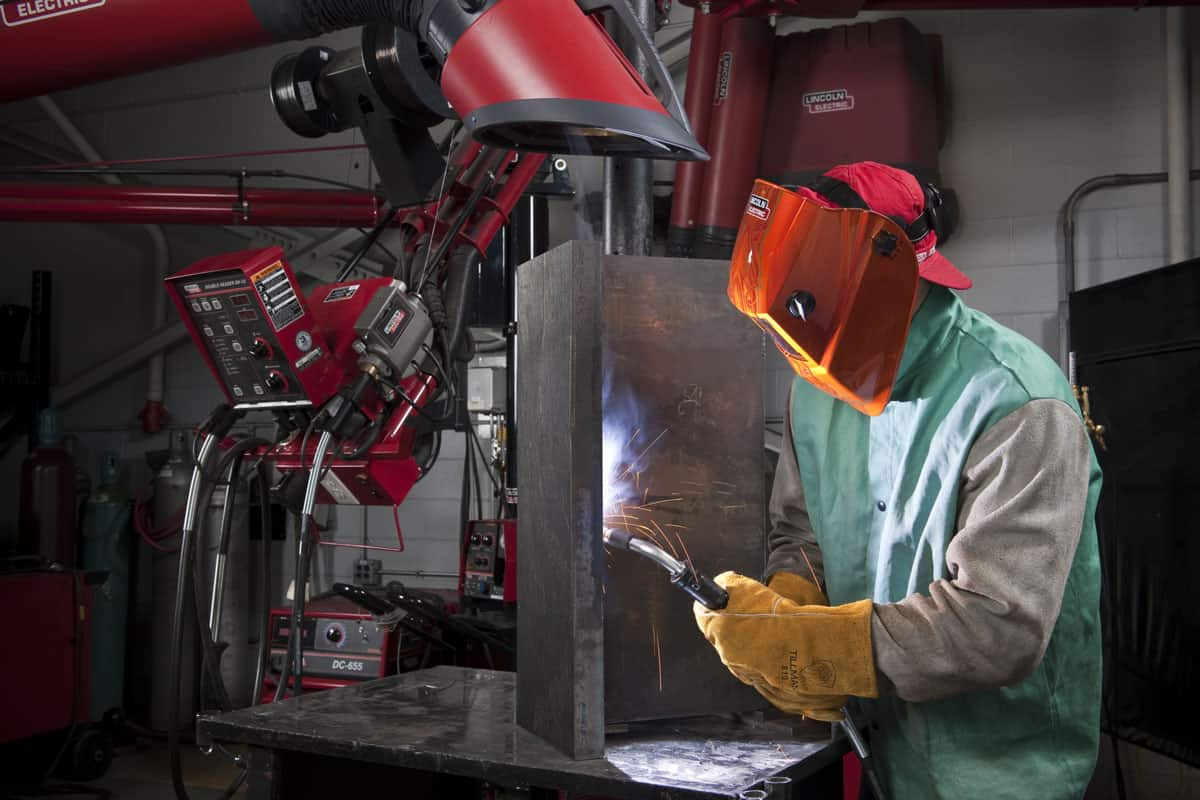 As an illustration, stainless steel pipe is supported by a brace made of stainless steel that is welded to the structure. The following is a list of the various types of electrodes made of stainless steel. Electrode classes that are frequently utilized while welding stainless steel are as follows: ER308L \sER309L \sER316L The Designation of the ER308L and ER308LSi MIG Welding Electrodes and Their Applications The majority of the time, the stainless steel grades 301, 302, 304, 305, and 308 employ electrodes that are made of stainless steel. This is not the glossy material that the majority of people picture when they think of stainless steel. Its typical employment is in industrial settings, where it frequently sees use despite the occasional appearance of rust patches. The picture on the left depicts a piece of stainless steel type 304 that has been welded using wire from the ER308L series. The following is the designation for each wire: ER is an abbreviation for an electrode or filler rod that is utilized during the welding process of either MIG wire feed or TIG. The grade of the stainless steel used in the electrode is 308. L stands for low carbon. The presence of carbon is what causes the rust spots on stainless steel. Si– (Optional) Sometimes "Si" is added, and that indicates that there is a high amount of silicone. In a nutshell, it improves the way the weld is able to wash into the metal. Something akin to turning up the heat and keeping the sides for a longer period of time. The Designation and Functions of the MIG Welding Electrodes ER3016L and ER316LSi These stainless electrodes are typically utilized for the production of higher-grade stainless steel, which is mostly utilized for marine and food-related applications. The stainless steel grades 304, 305, 308, 310, 312, 314, 316, 317, 321, 347, and 348 are the base metals that can be welded with ER316.
As an illustration, stainless steel pipe is supported by a brace made of stainless steel that is welded to the structure. The following is a list of the various types of electrodes made of stainless steel. Electrode classes that are frequently utilized while welding stainless steel are as follows: ER308L \sER309L \sER316L The Designation of the ER308L and ER308LSi MIG Welding Electrodes and Their Applications The majority of the time, the stainless steel grades 301, 302, 304, 305, and 308 employ electrodes that are made of stainless steel. This is not the glossy material that the majority of people picture when they think of stainless steel. Its typical employment is in industrial settings, where it frequently sees use despite the occasional appearance of rust patches. The picture on the left depicts a piece of stainless steel type 304 that has been welded using wire from the ER308L series. The following is the designation for each wire: ER is an abbreviation for an electrode or filler rod that is utilized during the welding process of either MIG wire feed or TIG. The grade of the stainless steel used in the electrode is 308. L stands for low carbon. The presence of carbon is what causes the rust spots on stainless steel. Si– (Optional) Sometimes "Si" is added, and that indicates that there is a high amount of silicone. In a nutshell, it improves the way the weld is able to wash into the metal. Something akin to turning up the heat and keeping the sides for a longer period of time. The Designation and Functions of the MIG Welding Electrodes ER3016L and ER316LSi These stainless electrodes are typically utilized for the production of higher-grade stainless steel, which is mostly utilized for marine and food-related applications. The stainless steel grades 304, 305, 308, 310, 312, 314, 316, 317, 321, 347, and 348 are the base metals that can be welded with ER316.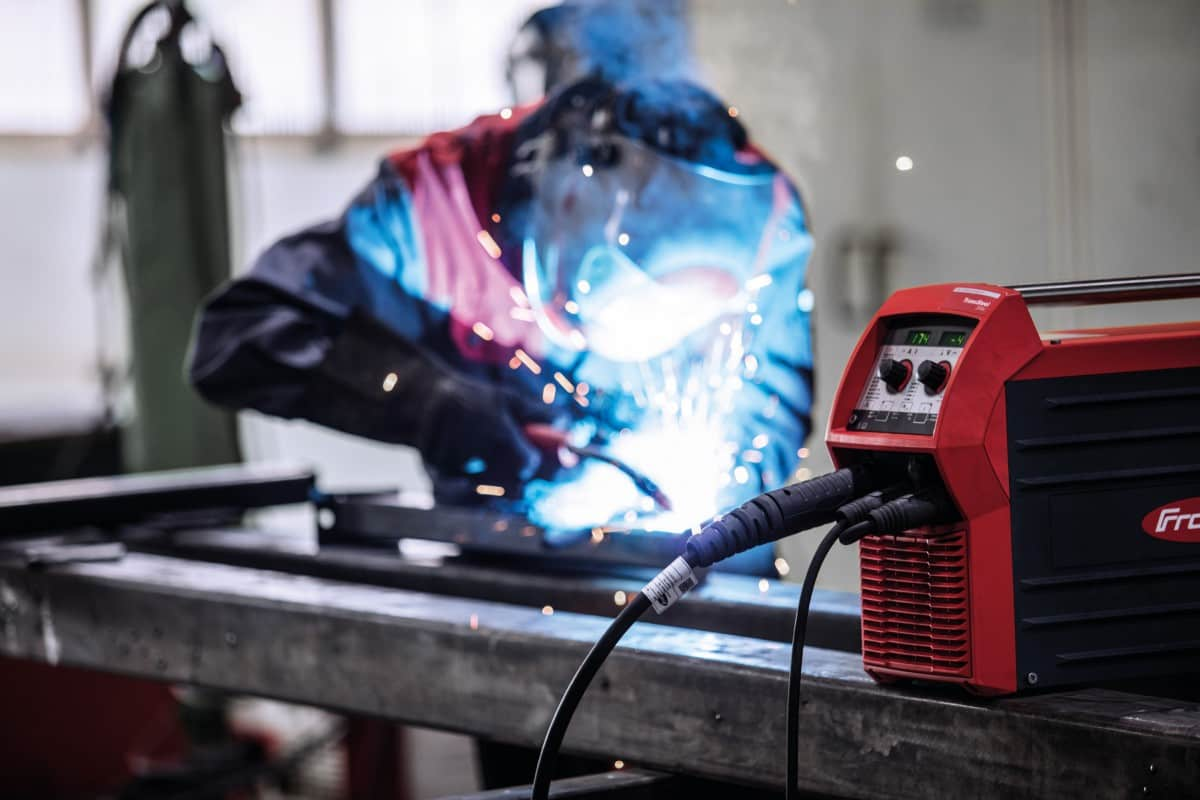 In terms of gases, the C2 mixture, which consists of 2% carbon dioxide and 98% argon, is the one that is utilized the most. There are a wide variety of various combinations available, and the one you pick will depend entirely on what your welding provider has to offer. The following is the designation of the wire for ER316L and ER316LSI, respectively: ER is an abbreviation for an electrode or filler rod that is utilized during the welding process of either MIG wire feed or TIG. The grade of stainless steel that makes up the electrode is 316. This material is safe for consumption and meets all marine standards. However, there is a higher quality of stainless steel nowhere. L stands for low carbon. The presence of carbon is what causes the rust spots on stainless steel. Si– (Optional) Sometimes "Si" is added, and that indicates that there is a high amount of silicone. In a nutshell, it improves the way the weld is able to wash into the metal. Something akin to turning up the heat and keeping the sides for a longer period of time.
In terms of gases, the C2 mixture, which consists of 2% carbon dioxide and 98% argon, is the one that is utilized the most. There are a wide variety of various combinations available, and the one you pick will depend entirely on what your welding provider has to offer. The following is the designation of the wire for ER316L and ER316LSI, respectively: ER is an abbreviation for an electrode or filler rod that is utilized during the welding process of either MIG wire feed or TIG. The grade of stainless steel that makes up the electrode is 316. This material is safe for consumption and meets all marine standards. However, there is a higher quality of stainless steel nowhere. L stands for low carbon. The presence of carbon is what causes the rust spots on stainless steel. Si– (Optional) Sometimes "Si" is added, and that indicates that there is a high amount of silicone. In a nutshell, it improves the way the weld is able to wash into the metal. Something akin to turning up the heat and keeping the sides for a longer period of time.
- MIG type of welding
A consumable wire electrode is used in the MIG welding process, which is an arc welding technique that welds two different metals together. To prevent the weld from becoming contaminated, a shielding gas is introduced into the area just before the wire is brought into contact with the welding arc. This method began to acquire popularity all over the world as a tool for welding aluminum and other common metals throughout the latter part of the 1940s and the early 1950s. After a few decades have passed, one of the most desirable procedures for welding is known as metal inert gas (MIG) welding. This is due to the fact that MIG welding offers unequaled speed while still maintaining uniformity and quality. MIG welding is a fantastic beginning point for welders because its procedure is easy and uncomplicated. After mastering MIG welding, welders can then graduate to other welding processes that are more complicated. There are some fundamental distinctions between MIG and TIG welding, despite the fact that the two processes are relatively comparable in a number of respects. TIG uses a non-consumable tungsten electrode, whereas MIG uses a consumable wire electrode that fuses with the base metals in the weld pool. Additionally, with MIG, the use of filler metal is required; with TIG, the use of filler metal is optional and is added to the weld pool separately. Different shielding gases have been taken into consideration for the numerous kinds of metals and welding processes that have been developed over the course of time as part of the evolution and progression of the wire welding process. In addition to MIG welding, another option known as metal active gas welding (MAG) is also available. MAG welding allows for a variety of various weld outcomes and materials, including carbon steel. Inert shielding gases are utilized during MIG welding (argon, helium, nitrogen, or a mixture of the three). These inert gases don't allow any particles to be diffused into the weld bead, which makes them ideal for use during welding.
This method began to acquire popularity all over the world as a tool for welding aluminum and other common metals throughout the latter part of the 1940s and the early 1950s. After a few decades have passed, one of the most desirable procedures for welding is known as metal inert gas (MIG) welding. This is due to the fact that MIG welding offers unequaled speed while still maintaining uniformity and quality. MIG welding is a fantastic beginning point for welders because its procedure is easy and uncomplicated. After mastering MIG welding, welders can then graduate to other welding processes that are more complicated. There are some fundamental distinctions between MIG and TIG welding, despite the fact that the two processes are relatively comparable in a number of respects. TIG uses a non-consumable tungsten electrode, whereas MIG uses a consumable wire electrode that fuses with the base metals in the weld pool. Additionally, with MIG, the use of filler metal is required; with TIG, the use of filler metal is optional and is added to the weld pool separately. Different shielding gases have been taken into consideration for the numerous kinds of metals and welding processes that have been developed over the course of time as part of the evolution and progression of the wire welding process. In addition to MIG welding, another option known as metal active gas welding (MAG) is also available. MAG welding allows for a variety of various weld outcomes and materials, including carbon steel. Inert shielding gases are utilized during MIG welding (argon, helium, nitrogen, or a mixture of the three). These inert gases don't allow any particles to be diffused into the weld bead, which makes them ideal for use during welding. 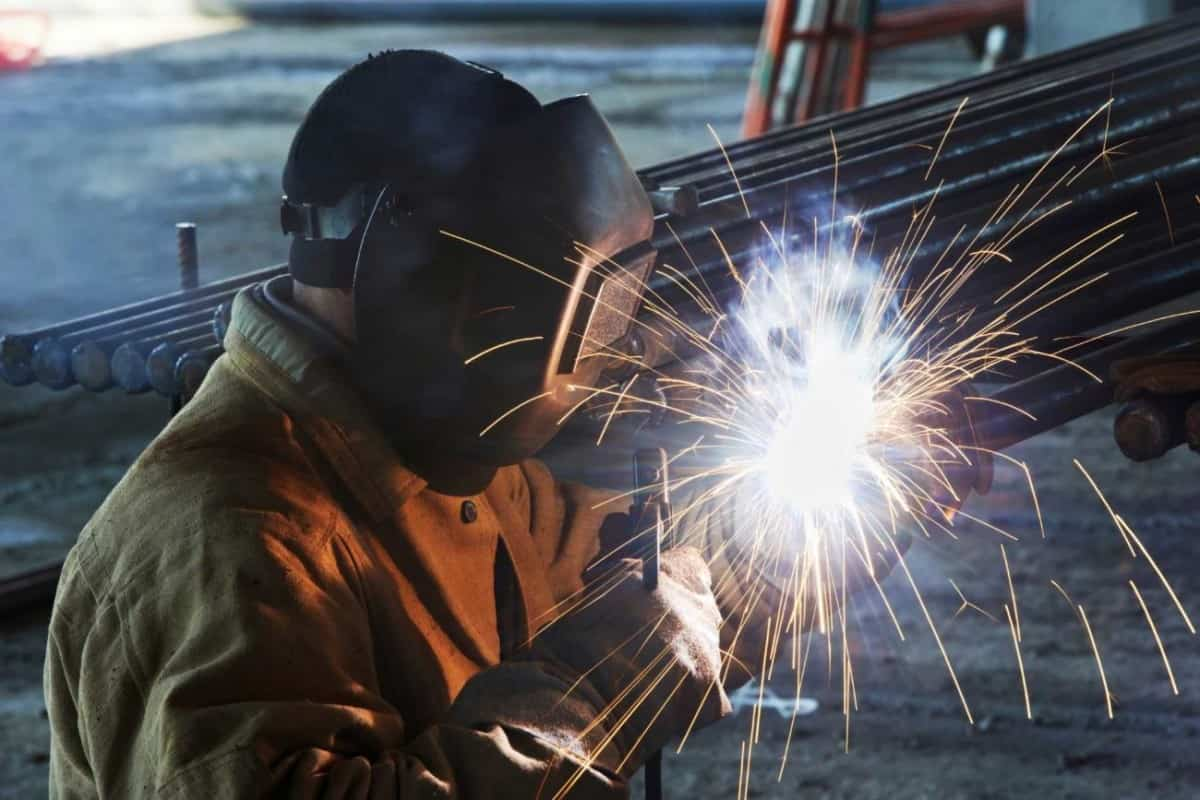 The welding process known as MIG is typically utilized when joining together non-ferrous metals and alloys such as aluminum, magnesium, copper, and titanium. The use of active shielding gases or a blend of active and inert gases is required for MAG welding. Oxygen and carbon dioxide are the two active gases that are most commonly used in MAG welding. These active gases are able to dissolve and change the chemical composition of the weld bead because of the extremely high temperatures that are present during welding. Both carbon steel (especially mild steel) and stainless steel lend themselves particularly well to the arc welding technique described here. If you need to modify the chemical and mechanical properties of the weld, the better choice between the two is metal-arc gas-metal arc welding (MAG welding). When doing MIG welding, there are a few various ways that the metal wire can be transferred to the weld pool. Depending on the application, the type of metal, or the finish, each of these options gives you the ability to produce great welds:
The welding process known as MIG is typically utilized when joining together non-ferrous metals and alloys such as aluminum, magnesium, copper, and titanium. The use of active shielding gases or a blend of active and inert gases is required for MAG welding. Oxygen and carbon dioxide are the two active gases that are most commonly used in MAG welding. These active gases are able to dissolve and change the chemical composition of the weld bead because of the extremely high temperatures that are present during welding. Both carbon steel (especially mild steel) and stainless steel lend themselves particularly well to the arc welding technique described here. If you need to modify the chemical and mechanical properties of the weld, the better choice between the two is metal-arc gas-metal arc welding (MAG welding). When doing MIG welding, there are a few various ways that the metal wire can be transferred to the weld pool. Depending on the application, the type of metal, or the finish, each of these options gives you the ability to produce great welds: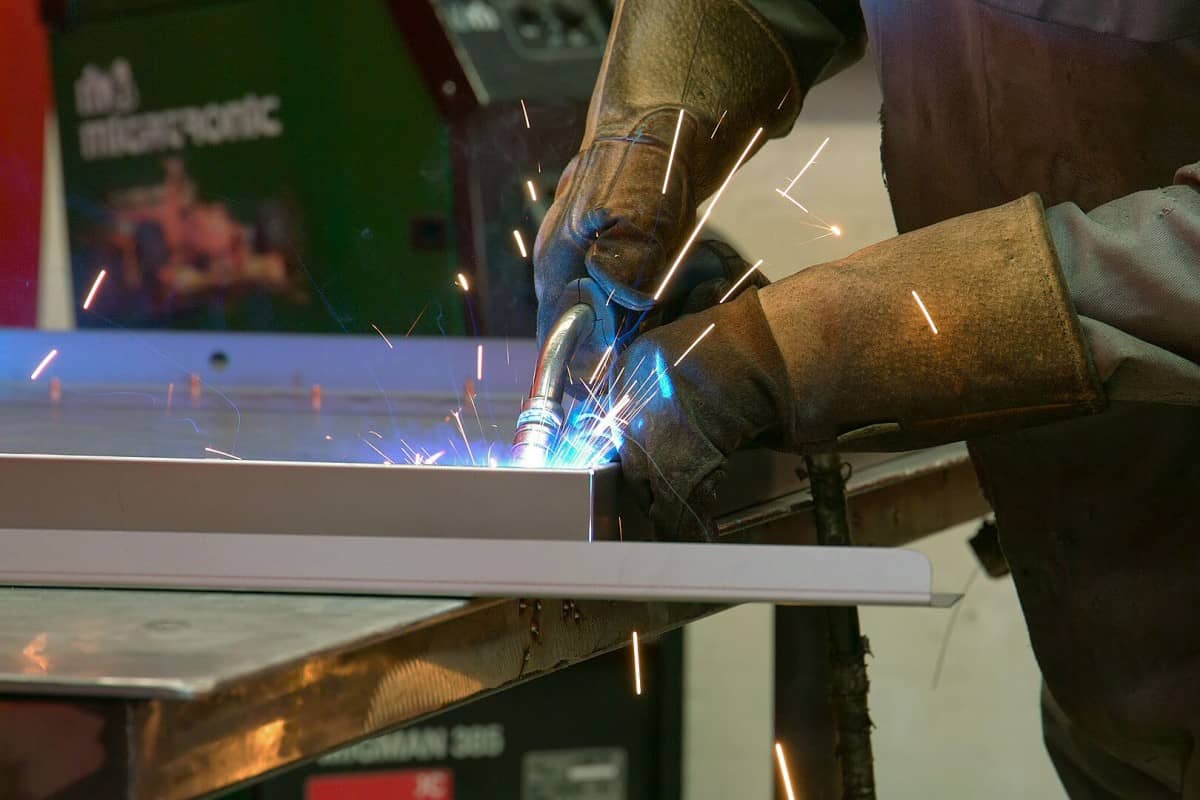
- Short-circuit welding, also known as dip transfer or microwire, is a type of welding in which electrical short-circuits are created as soon as the metal wire comes into contact with the weld pool. In order to accomplish this, MIG welding machines must be operated with a relatively low voltage, which keeps the size of the weld ball relatively tiny. The inability of short-circuit welding to join thick materials is one of the drawbacks of utilizing this technique.
- Globular transfer occurs when the current and voltages used in welding are increased beyond the maximum limits recommended for safe operation, resulting in an uncontrolled short circuit. The molten metal often has a larger diameter than the wire feed itself as it falls into the weld pool during the welding process. Spatter is produced as a result of the irregular movement of the weld that is brought about by this aggressive approach. It can only be used for flat and horizontal welds, and there is a high probability that the weld will not fuse completely. A globular transfer is typically utilized in the process of welding thicker materials due to the fact that the big droplets and high heat input enable effective penetration. However, high temperatures cause alterations in the microstructure of the metal and the establishment of a zone that is influenced by the heat (HAZ).
- Spray welding is characterized by a high rate of metal deposition, virtually analogous to that of a water hose. This pace can be increased by increasing the welding current and voltage further. Because it enables higher penetration with just a few teeny-tiny droplets of molten metal, this method is ideal for combining materials with a greater thickness. Spray welding produces welds that are not only robust but also aesthetically pleasing, and it produces very little spatter because there is no chance of a short circuit forming. Because of the high heat input, this mode can only be used on very thicker materials.
- Pulsed mode is the kind of mode that is utilized most frequently while welding aluminum and stainless steel. It combines the benefits of the various previous methods of transmission while reducing the drawbacks of those methods. The material is moved in a droplet format that can be precisely controlled. The use of pulses results in welds that are devoid of spatter, and the method's reduced heat input enables it to be used in thinner materials.
